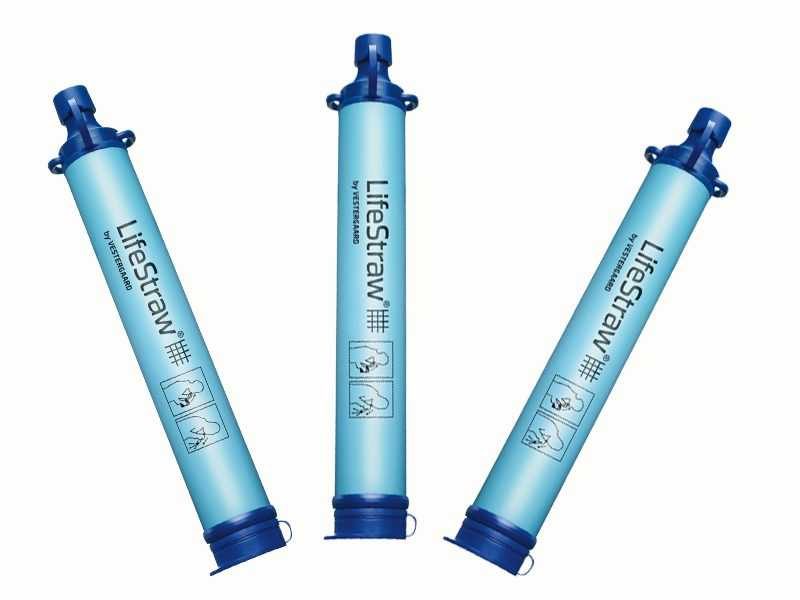LifeStraw Water Filter Makes Contaminated Water Safe To Drink
Prices pulled from the Amazon Product Advertising API on:
Product prices and availability are accurate as of the date/time indicated and are subject to change. Any price and availability information displayed on [relevant Amazon Site(s), as applicable] at the time of purchase will apply to the purchase of this product.
Not all straws are bad for the environment and bad for the world. The makers of LifeStraw water filter realized that there is a water contamination crisis in most of the world. The company created straws and filters that convert contaminated water into clean, safe drinking water.
The technology is a must for the 780 million people around the world who don’t have access to safe drinking water. It is also fantastic for people who are suffering from a natural disaster, like post-hurricane Puerto Rico, or for hikers in remote locations.
When contaminated water is consumed, the outcome can range from gastrointestinal discomfort to serious diarrheal illness or life-threatening disease. LifeStraw has been used in major natural disasters including the Haiti earthquake and Pakistan floods.
How it Works
All LifeStraw products use a hollow fiber membrane. These membranes have microscopic pores that trap contaminants. Bacteria and parasites are bigger than the pores in the filter. Water is able to pass through, but contaminants larger than 0.2 microns remain trapped. Some LifeStraw water filter models also use a two-stage filtration process. In addition to the hollow fiber membrane, a carbon capsule absorbs chemicals like chlorine and pesticides. More advanced carbon filters like the LifeStraw Flex also reduce heavy metals like lead.

LifeStraw is aware that there are different environmental hazards in different locations. That’s why the company decided to make distinct products for localized needs. Bacteria and parasites are the most common pathogens in rivers, streams and rural areas. Tap water may contain chemicals and harmful levels of heavy metals like lead.
For example, LifeStraw Guinea Worm was designed to eradicate Guinea worm disease. It consists of a plastic pipe with a stainless steel mesh that filters out Guinea worm larvae from contaminated water. It has been a vital tool in the war against this disease, which is led by The Carter Center.
Meanwhile, backpackers must have LifeStraw Steel. It has a 2-stage filtration process removes bacteria and protozoa and reduces organic chemical matter and chlorine. It is ideal for hiking, backpacking, camping, cycling, trekking and travel.
LifeStraw for Hikers

So how does the LifeStraw water filter stack up as a personal filtration system for hikers? The straw is very light and has a compact size, so that it can fit in the smallest survival pouch. You won’t need to waste time with a complicated set-up process, because it is simple to use.
Simply put one end into any water that you find in a lake or puddle, then suck the cleaned water through the other end. This is the right product for an emergency situation where you run out of water. It does not come with a container, so the water must be sipped right from the source. The LifeStraw water filter personal filtration system eliminates 99.99% of waterborne bacteria and protozoa, including Escherichia coli and salmonella. It is also made of BPA-free materials.
LifeStraw Makes a Difference
Purchasing LifeStraw isn’t just good for you and your family: each purchase results in a free LifeStraw product for a child in need. In fact, the company will give a school child free, safe drinking water for the whole school year with every purchase. So far they have donated safe water to over 1 million school children worldwide. Get yours now on Amazon.com.
